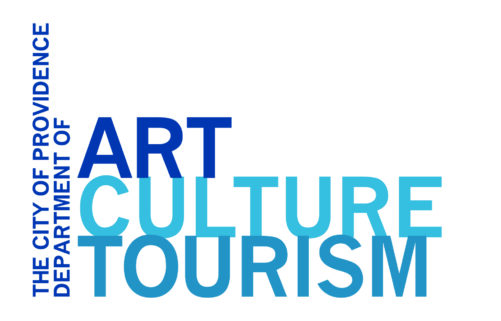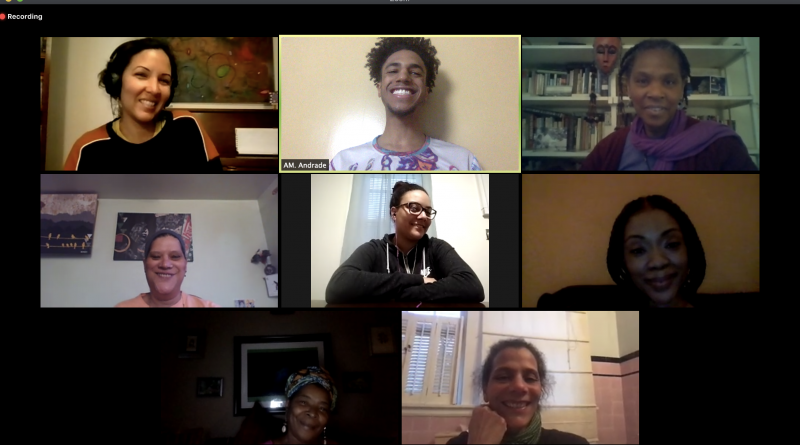Creative Community Health Worker Fellowship
Shifting To Online
About a month passed between our February 25, 2020 meeting with the Creative Community Health Worker facilitation team, and the March 23rd meeting where we came to grips with the ramifications that the COVID-19 crisis would have on our program. CHI-RI Director, and lead trainer for the Community Health Worker core curriculum, Dr. Dannie Ritchie, noted the importance of modeling and adhering to the guidelines being set forth by Dr. Nicole Alexander-Scott, our state’s chief public health officer: “It’s one thing to have your own private gathering, but if you are doing work that is work, you have to have certain protocols. Our task is to be thinking about what types of protocols we could create.”
We knew we would have to bring the intimate training built by Dr. Ritchie and her many collaborators using a popular education model into a virtual space. The team needed to re-imagine each unit for a Zoom calls where everything from the written assignments to the embodied prompts that would guide learning would have to be adapted. We knew we could rely on and learn from our greater networks of artists and tech-adept colleagues to pull it off, but it would take hard work and trust to make the transition. Luckily, all were up to the challenge. Now at the beginning of May, with many weeks of virtual meetings under their belts, the CCHW fellows are nearing the end of the core competencies training and the beginning of the artist facilitator-led training. Val Tutson, Laura Brown-Lavoie and Vatic Kuumba are readying their curriculum, with support from guests like Cristin Searle and Jazmine Wray in Newport, as well as Dr. Ritchie and Sakinah Abdur-Rasheed.
We at ACT have come to look forward to our weekly check-in with the larger team, not only because it affords us an opportunity toshare new information about the pandemic and the ways in which frontline communities can be equipped to support the recovery efforts, but also because we know that more than ever the connections between community wellbeing and culture need to be foregrounded if we are to set forth on an equitable recovery.
In our last meeting of April, Tutson remarked on the cohort’s collective decision to break up their past week’s unit on “Creating Safe Space” into two sessions, forgoing a week meant for review without a face-to-face meeting: “It was beautiful that the group said, ‘hey this is all we can handle today.’ Rather than trying to tap into the way that would move [from the interpersonal aspects of violence] into the structural. I just want to say that because it’s how we are talking about [all of this.] How do we adapt? How do we respond? Good for them, you [Dr. Ritchie] and the collective to make that decision.” Brown-Lavoie noted that, “it’s just downright amazing that in this time that in this time of being inundated with opportunities to get on Zoom, that people want to get together.” The CCHW fellows have are truly building a community of their own, and will be ready come July to bring all they have learned to host sites throughout the South Side and West End neighborhoods.
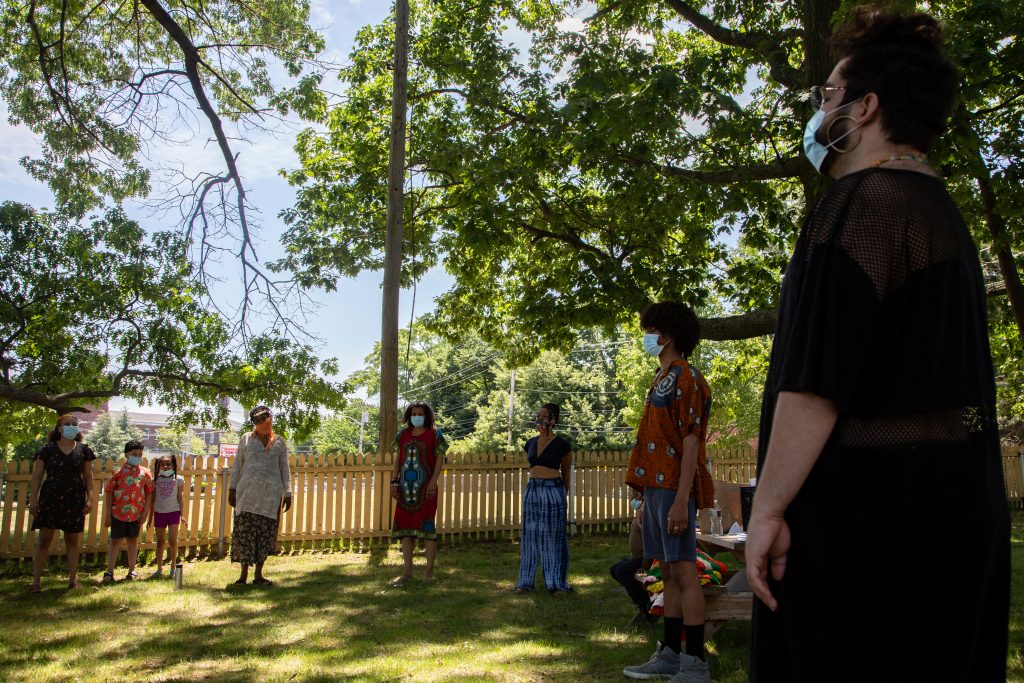
Celebrating The Conclusion of In-Class Learning
The CCHW fellows, artist facilitators, and CHI-RI trainers convened for the first time since coming together as a group this spring to collaborate on a final devised piece of multi-genre performance, and to celebrate a transition in the program from in-class training to portfolio development and residencies at community organizations. Meeting masked and almost entirely at social distance at the Haus of Glitter Performance Lab (formerly known as the Historic Esek Hopkins Homestead), where fellow Anthony “AM” Andrade lives with his partner Parkist in Residence Matt Garza and their collaborator Trent Lee, fellows each created their own works, and collaborated on new work captured by Glitter Goddess Collective member Steven Choummalaithong and Goddess intern Rey Londres.
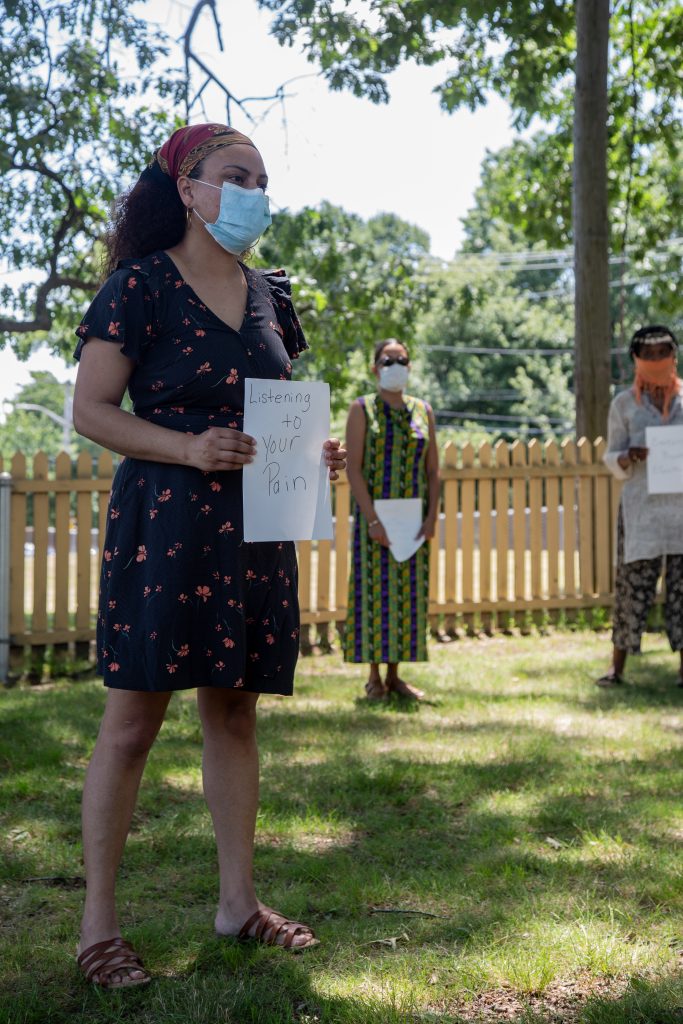
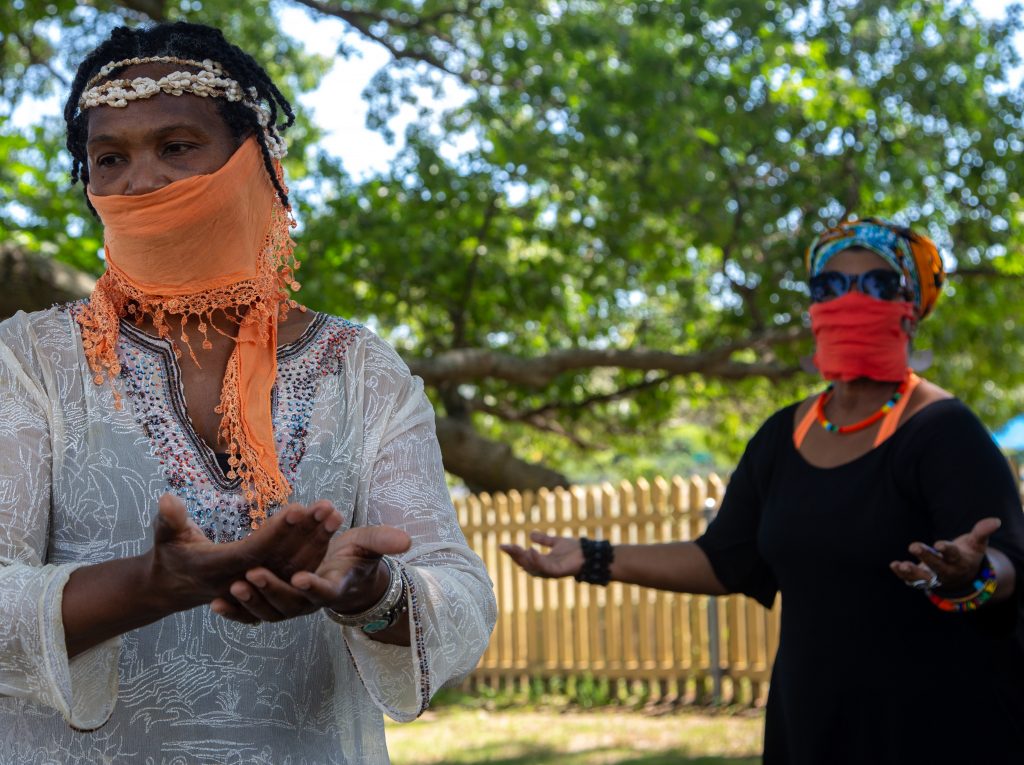
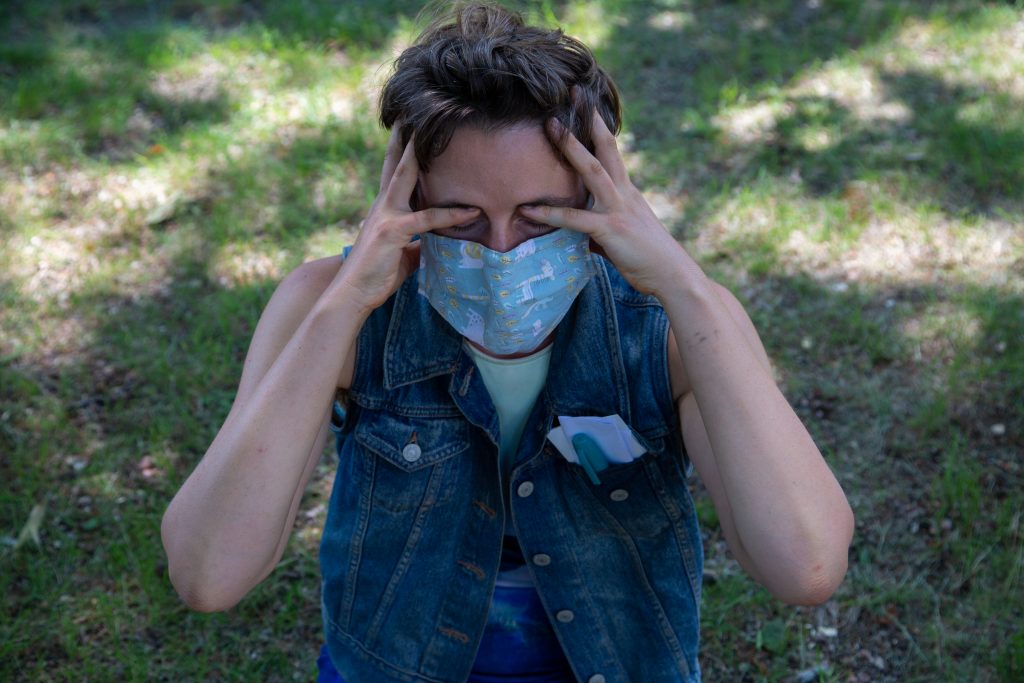
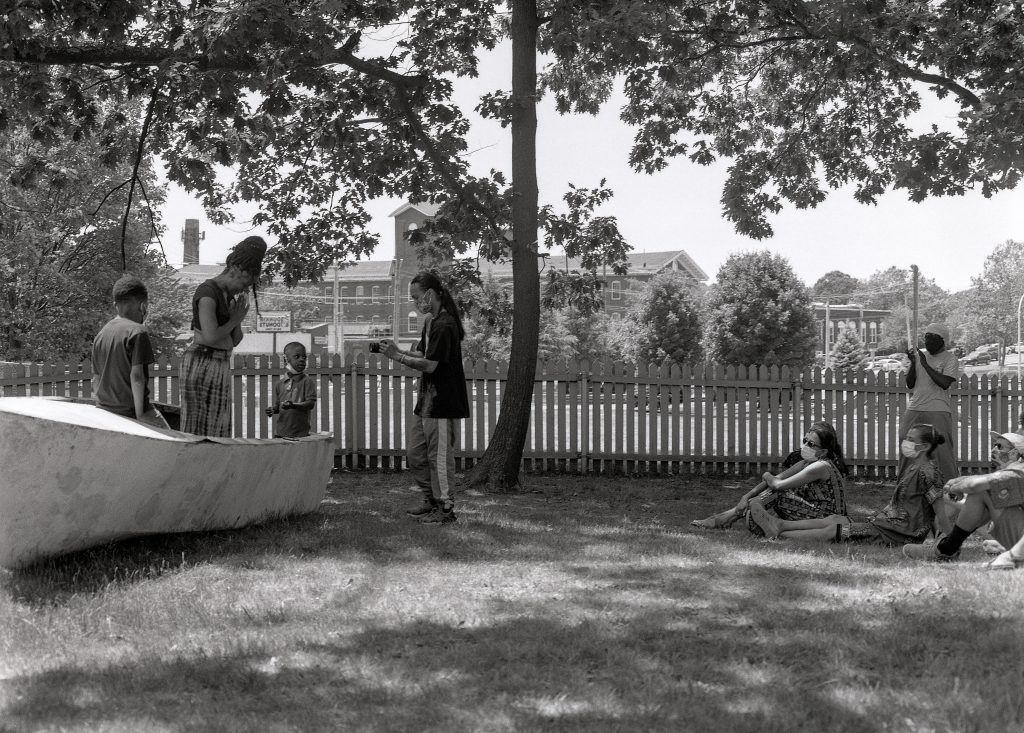
CCHW fellows collaborate on new work for FringePVD 2020:
For more information on the awarded fellows, go to our announcement here. For more information on the CCHW program structure and goals, see the ACT Public Art call for Fellows. For more about the Sowing Place project that gave rise to the CCHW program, see The Sowing Place timeline.

